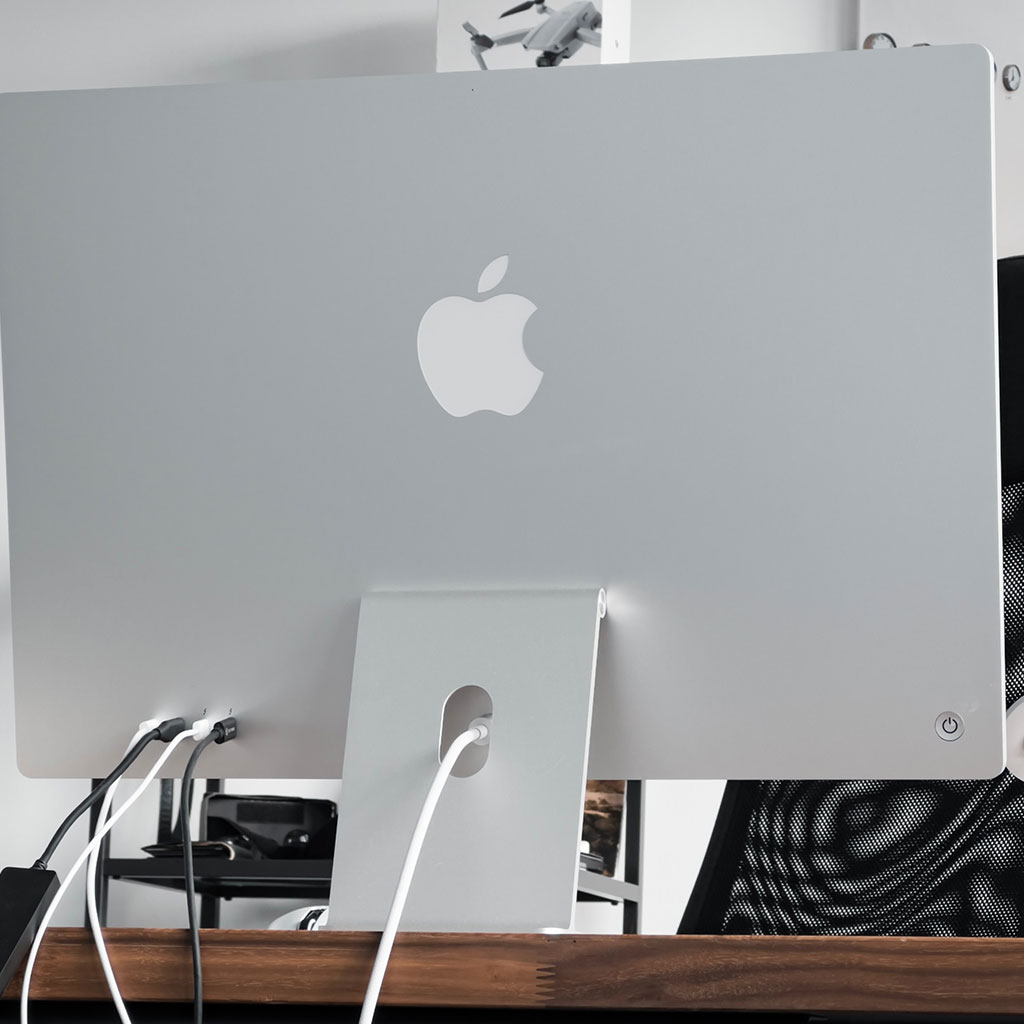Can you use M1 iMac as a monitor
Can you use M1 iMac as a monitor
The M1 iMac can be used as an external display for other devices, but there are specific requirements and steps to follow. Let’s explore how to set up this functionality and what you’ll need for a seamless experience.
What is Target Display Mode and does the M1 iMac support it?
Target Display Mode is a feature exclusive to certain iMac models that allows the iMac to function as an external display for another Mac. When engaged, the iMac essentially acts as a monitor, receiving video output from the connected Mac and displaying it on its screen. This is particularly useful for users who need an additional display but want to utilize their iMac’s high-quality screen. It effectively transforms the iMac into a secondary monitor, expanding the desktop space and enhancing productivity.
Unfortunately, with the introduction of the M1 iMac, Apple made the decision to discontinue Target Display Mode. This means that the M1 iMac doesn’t support acting as a secondary display for other devices. The primary difference is that the M1 iMac is designed to function solely as a standalone computer and doesn’t have the necessary hardware or software capabilities to serve as an external monitor. As a result, users looking to utilize an iMac as an additional monitor would need to explore alternative solutions or consider using third-party applications that offer screen sharing or remote desktop functionalities.
Is it possible to use the M1 iMac as a monitor?
Yes, you can use the M1 iMac as an external monitor for other devices, but there are a few important considerations and steps to keep in mind.
- Compatibility and Requirements:
- Target Display Mode: Regrettably, the M1 iMac does not have support for Target Display Mode, a feature that enabled older iMacs to function as external displays for other Macs.
- This means you can’t directly connect another Mac to the M1 iMac and use it as a display.
- Input Methods: The M1 iMac only accepts inputs; it doesn’t function as an external monitor. So, it can’t be used with gaming consoles, media players, or other non-Mac devices.
- Using the M1 iMac as an External Display for Another Mac:
- Using Third-Party Software: Some third-party apps claim to enable this functionality, but they may not provide the seamless experience you’d expect from a native solution. Be sure to thoroughly research any software you consider.
- USB-C to USB-C Cable: If you have a USB-C MacBook or another device with a USB-C output, you could theoretically connect it to the M1 iMac via a USB-C to USB-C cable, but this would likely just charge the device and not establish a video connection.
- Considering Alternatives:
- If you’re looking for a versatile external monitor, it might be more straightforward to invest in a dedicated display with multiple input options that can work with a wider range of devices.
Remember that while using the M1 iMac as a monitor might be a desirable feature, it’s important to understand its limitations and compatibility requirements to avoid any disappointment. Always verify with Apple or trusted sources for any software updates or new features that might enable this functionality in the future.
Is it possible to use the M1 iMac as an external monitor for gaming consoles or media players?
Using the M1 iMac as an external monitor for gaming consoles or media players, unfortunately, isn’t possible due to the absence of a feature known as Target Display Mode. This function, available on some older iMac models, allowed the iMac to function as an external display for another Mac. However, the M1 iMac lacks the necessary hardware and software support for this capability, making it unable to serve as a secondary display for gaming consoles or other devices.
The primary difference here lies in the design and purpose of the M1 iMac. It’s engineered to be a standalone computer, with no provisions for functioning purely as a monitor. This means that its display capabilities are optimized for use with the iMac itself, rather than as an additional screen for external devices. While the M1 iMac boasts a stunning Retina display and high-resolution visuals, it’s intended exclusively for the iMac’s computing tasks. If you’re seeking a dedicated external monitor for gaming consoles or media players, you’d need to explore other display options designed specifically for that purpose.





You must be logged in to post a comment.